6 Underrated Japanese Supercars You’ve Probably Never Heard Of — But Should Have
Japan’s auto industry hasn’t always been about practicality and mass-market cars.

Japan’s automotive world has long been known for efficiency and everyday usability — but that’s only part of the story. Throughout its history, Japan has produced daring experiments, unusual designs, and rare supercars that often never made it to mass production yet became cult icons in their own right.
1. Tommykaira ZZII
The Tommykaira ZZII is one of those rare moments when Japanese engineering decided to go all in. The prototype appeared in 2001, built to challenge Europe’s best. It used the RB26DETT from the Skyline GT-R, enlarged to 2.7 liters and tuned to 550 horsepower. The transmission came from the R34 GT-R, and an all-wheel-drive system was planned — though the front half-shafts never made it into the build, leaving the car rear-wheel drive only.
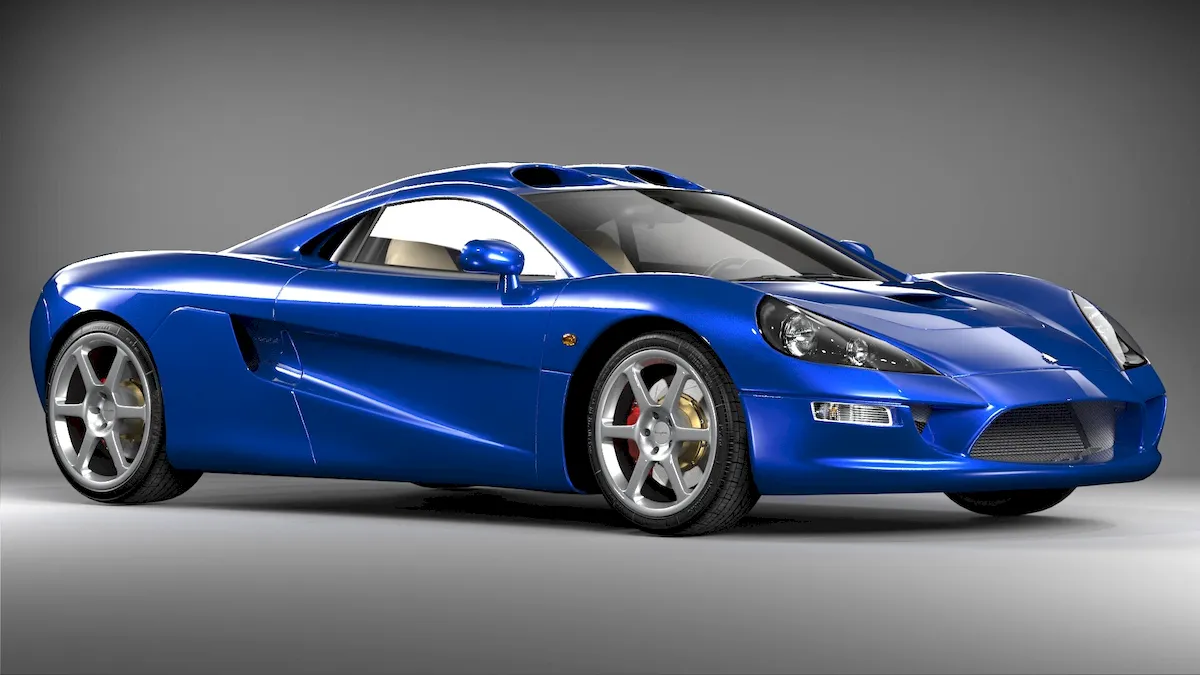
The chassis featured an aluminum tub reinforced with steel sections. Engineers aimed for a 1,000-kg target using carbon fiber, but due to cost, settled for fiberglass, bringing the final weight to around 1,200 kg (2,645 lbs). The ZZII looked like a mix between a race car and a university engineering project — functional aero vents, intakes everywhere, and a profile that looked straight out of a wind tunnel.
Performance estimates were bold: 0–60 mph in three seconds, a quarter-mile in 10.8, and a top speed near 210 mph (340 km/h). On paper, it was a true rival to Europe’s elite.
Reality hit harder. The AWD system never worked, development costs soared, and management issues stalled the project. It was handed over to Autobacs Seven, where it became the ASL RS01 — but it never got beyond the concept stage.
Today, the lone ZZII sits in Tommykaira’s Kyoto showroom — a powerful, fast, but forever unborn dream.
2. Dome Zero
The Dome Zero became a symbol of Japan’s late-’70s ambition — a wedge of futurism and defiance. When Dome unveiled it in 1978, it looked nothing like the family cars Japan was known for. Razor-sharp lines, a low wedge shape, massive glass panels, and scissor doors — it was straight out of sci-fi. The press dubbed it “Japan’s supercar,” even though it never reached production.
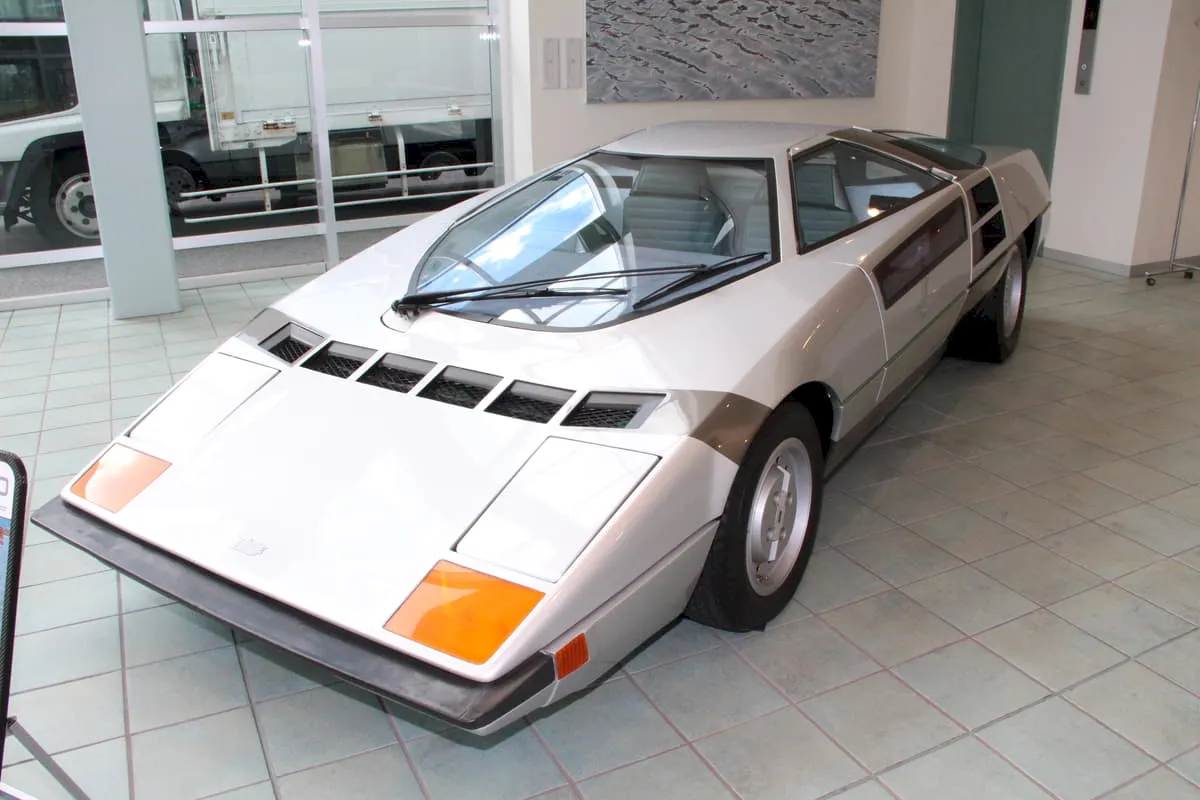
Underneath, it used Nissan parts — a 2.8-liter L28E engine with Bosch fuel injection producing around 145 hp. At just over a ton, its performance was competitive with European sports coupes of the time. The chassis and suspension were designed from scratch for balance and precision.
Dome dreamed of selling it internationally, even considering a U.S. launch. But the car never passed expensive certification tests, and the small team couldn’t afford to comply with regulations.
Production was canceled, but the Zero lived on in shows, magazines, and enthusiast circles. Its design later evolved into the race-focused Zero RL, which competed at Le Mans. Though no road version ever came to life, its silhouette remains iconic — immortalized in video games and Hot Wheels models.
3. Toyota GT-One
The Toyota GT-One (TS020) was a rare moment when Japan took on Le Mans with zero restraint. Developed in Cologne by Toyota Motorsport and André de Cortanze, the mid-’90s goal was simple: build a prototype to challenge Porsche, Mercedes, and BMW head-on. By 1998, it did just that — and it wasn’t just fast; it was fearlessly ambitious.
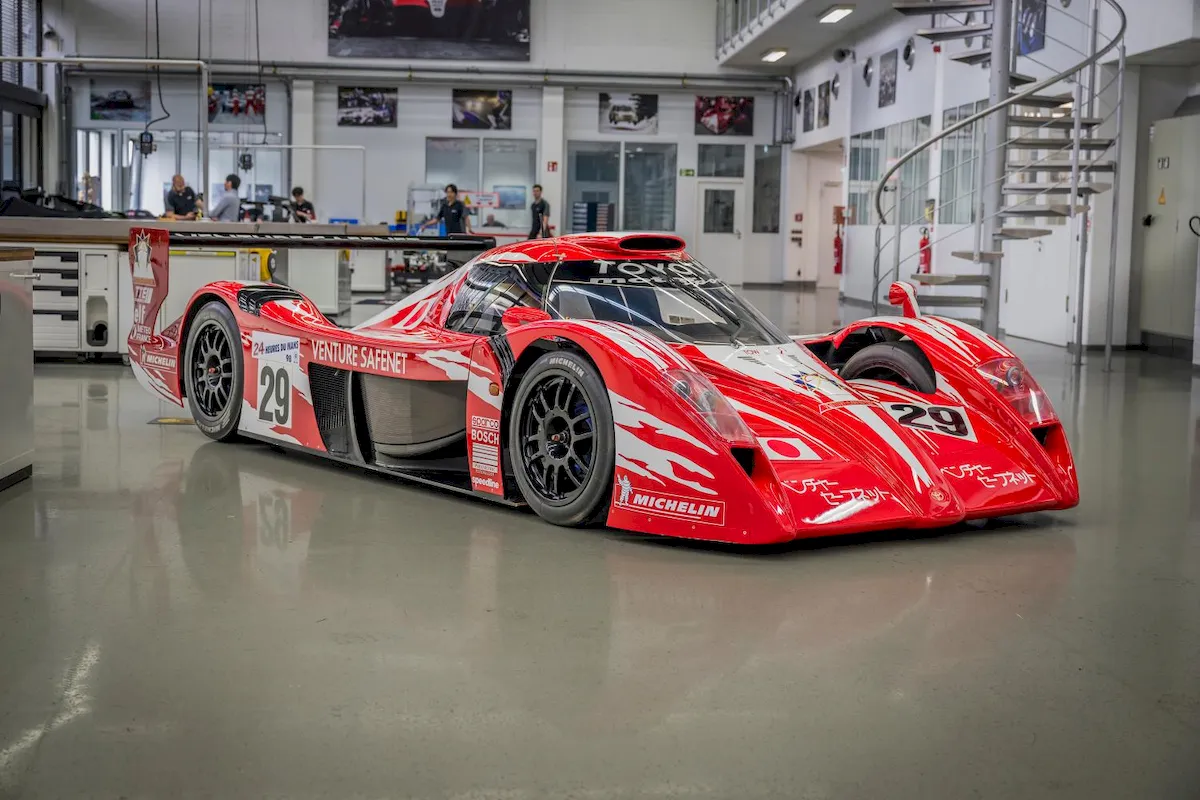
Its carbon monocoque chassis weighed just over 900 kg (1,985 lbs). A 3.6-liter twin-turbo V8 produced about 630 hp. The GT-One sprinted to 60 mph in under four seconds and topped 205 mph (330+ km/h). Visually, it was pure weaponry — sleek, low, and designed entirely for speed.
To qualify for GT1 regulations, Toyota built at least two “road cars” — barely modified prototypes with headlights and the thinnest hint of an interior. One survives today in a museum, more symbolic than practical. Technically street-legal, but only in name.
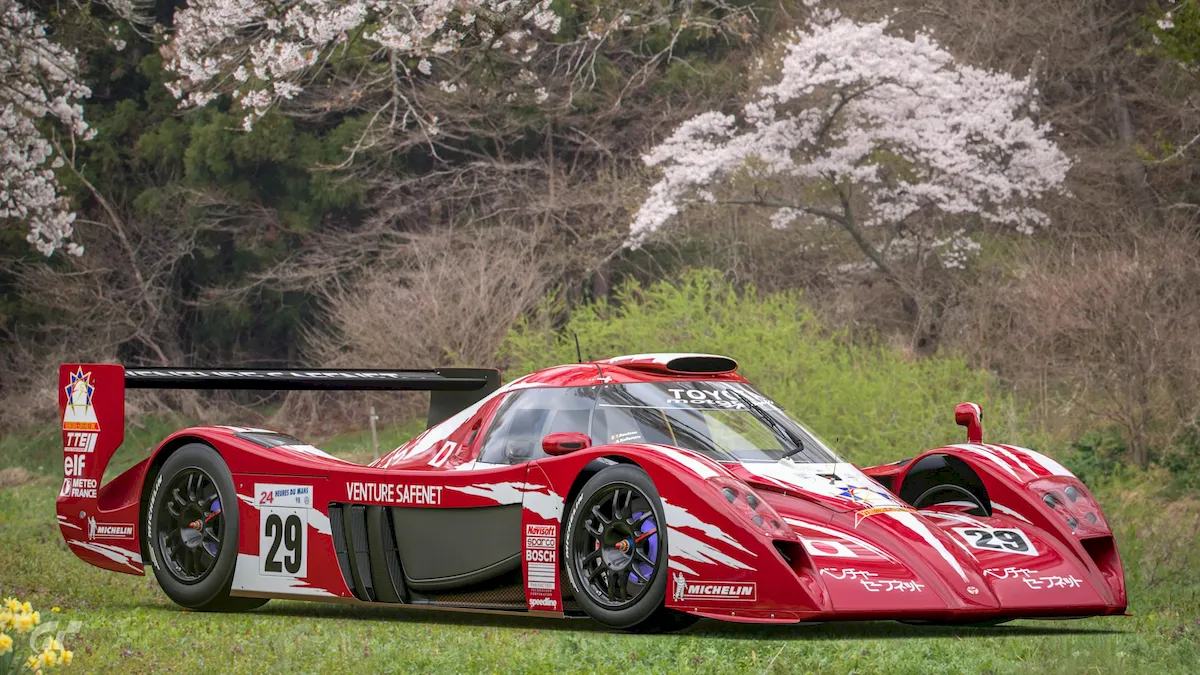
In racing, the GT-One proved blisteringly fast but fragile. In 1998, mechanical failures ruined its run. In 1999, it finished second, just behind BMW. Then the rules changed, the GT1 class was scrapped, and the project was shelved.
Today, it’s remembered as an almost-legend — a Japanese hypercar that could have changed the game but never got the chance.
4. Yamaha OX99-11
The Yamaha OX99-11 might be the strangest Japanese supercar of the early ’90s. Known for guitars and engines, Yamaha decided to create a road-going machine inspired by Formula 1.
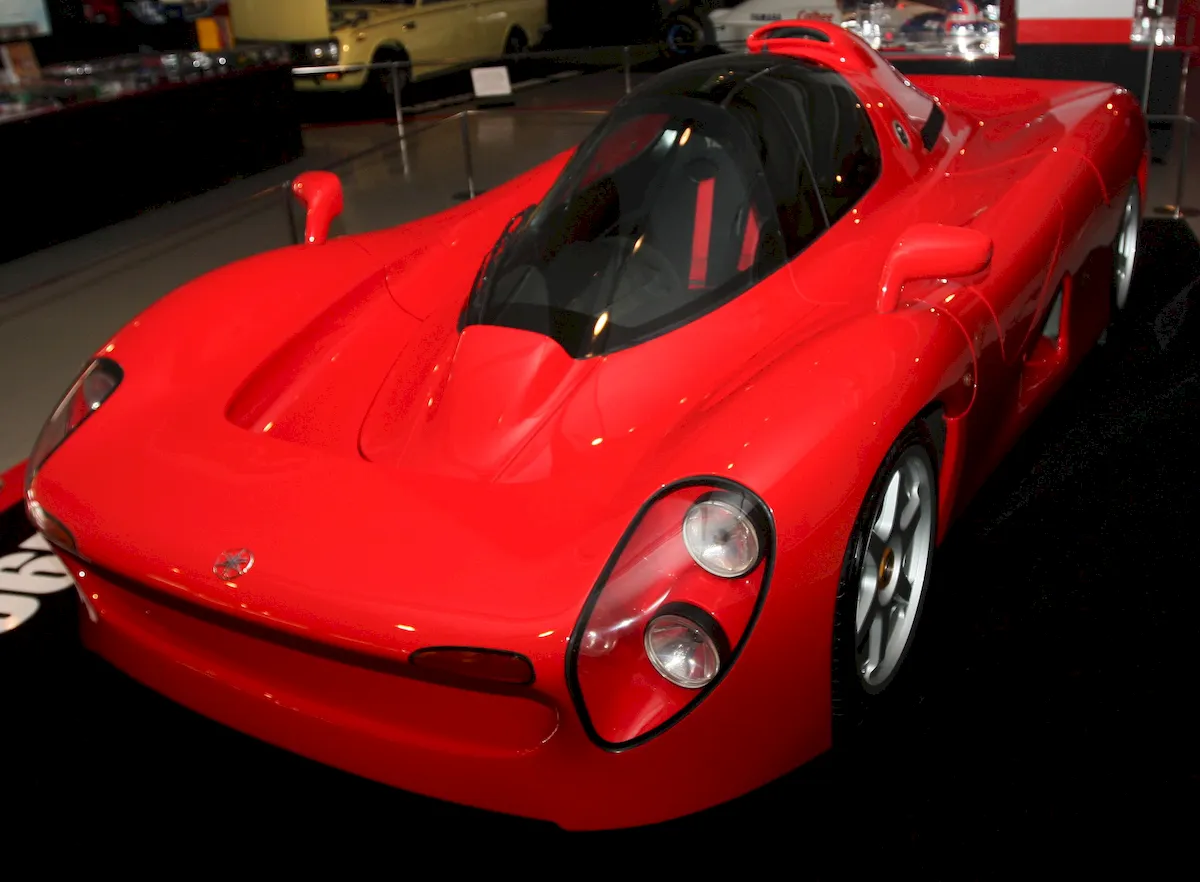
The result was wild: a 3.5-liter V12 derived from Yamaha’s F1 engine, revving to 10,000 rpm and producing around 400 hp. The carbon-fiber chassis housed a central engine and — most strikingly — tandem seating. The driver sat in front, the passenger directly behind, like a fighter jet.
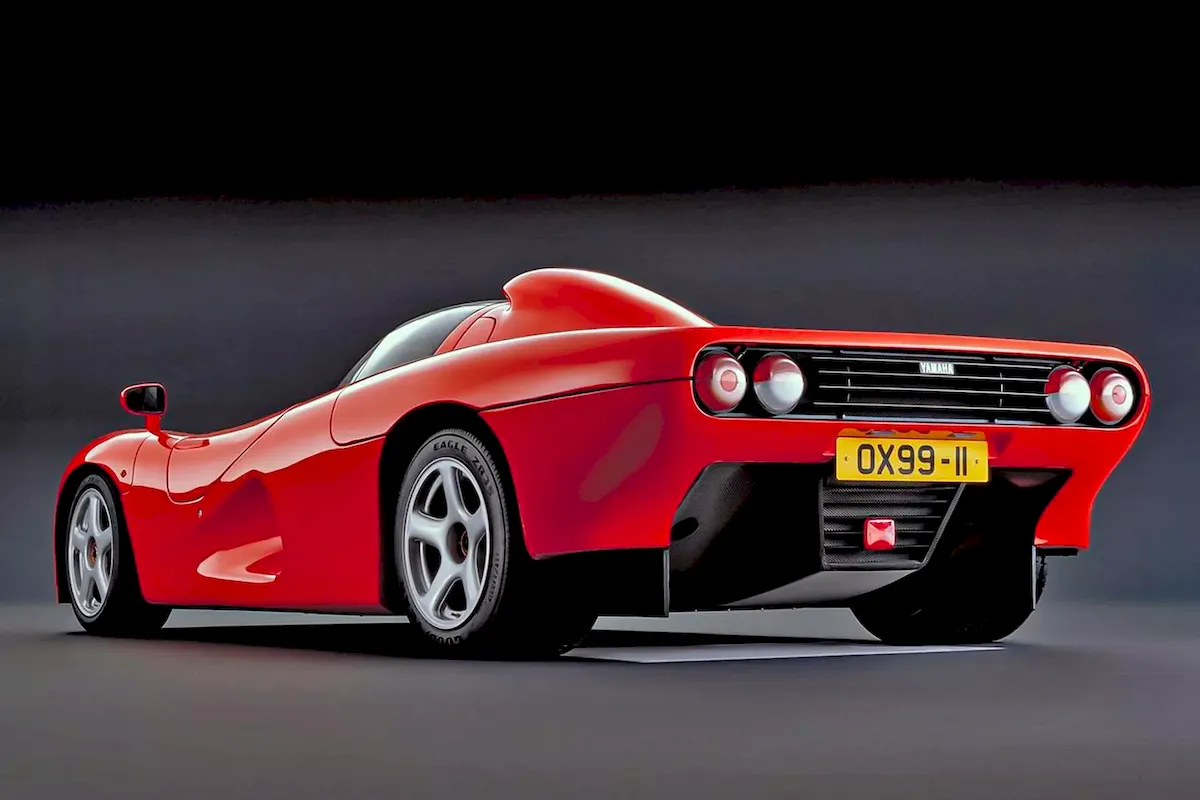
Performance matched the looks: 0–60 mph in 3.5 seconds, top speed over 185 mph (300 km/h). It was meant for limited production, but a global economic downturn and Yamaha’s financial troubles ended the dream. Only three prototypes were built, each one a fascinating relic of Japan’s wildest engineering decade.
5. Nissan R390 GT1
The Nissan R390 GT1 (not Mitsubishi — common mix-up) arrived in the late ’90s, built for FIA GT and Le Mans racing. Its 3.5-liter twin-turbo V8 produced up to 600 hp, wrapped in an aerodynamic, minimalist body designed for endurance speed.
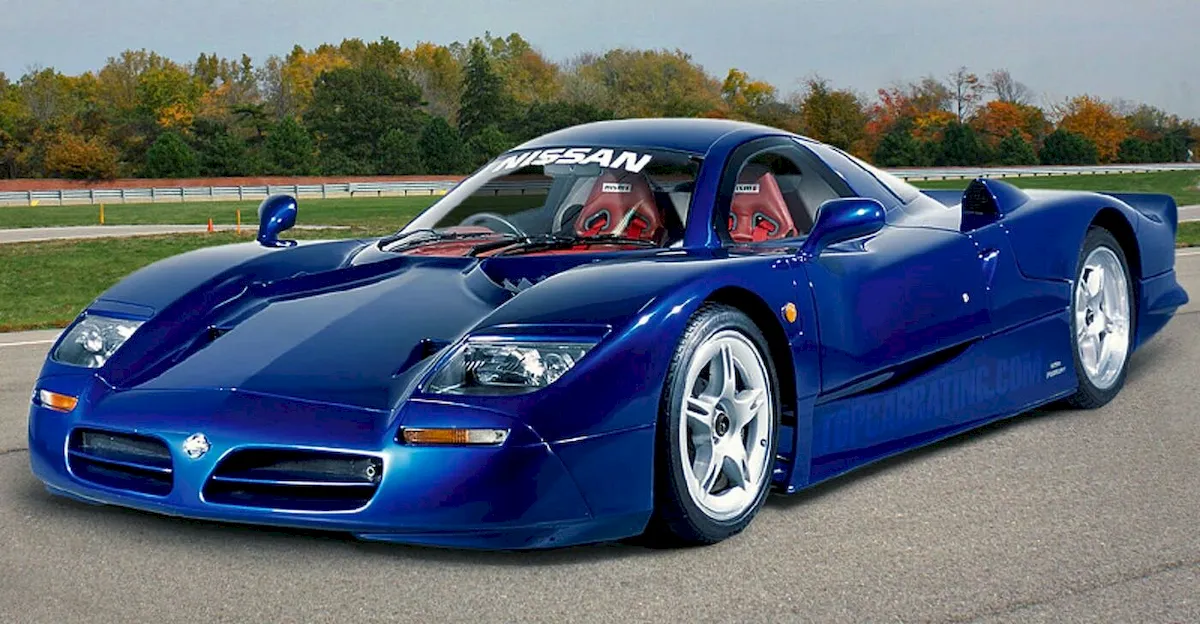
To meet homologation rules, Nissan built a few road-legal versions — nearly identical to the racers aside from simpler instrumentation. The R390 faced Porsche’s 911 GT1 and Mercedes’ CLK GTR at Le Mans. It never claimed victory but earned respect as a beautifully engineered and rare Japanese supercar born from competition.
6. Mitsuoka Orochi
Mitsuoka took a completely different route. Instead of chasing speed records, it pursued shock value.
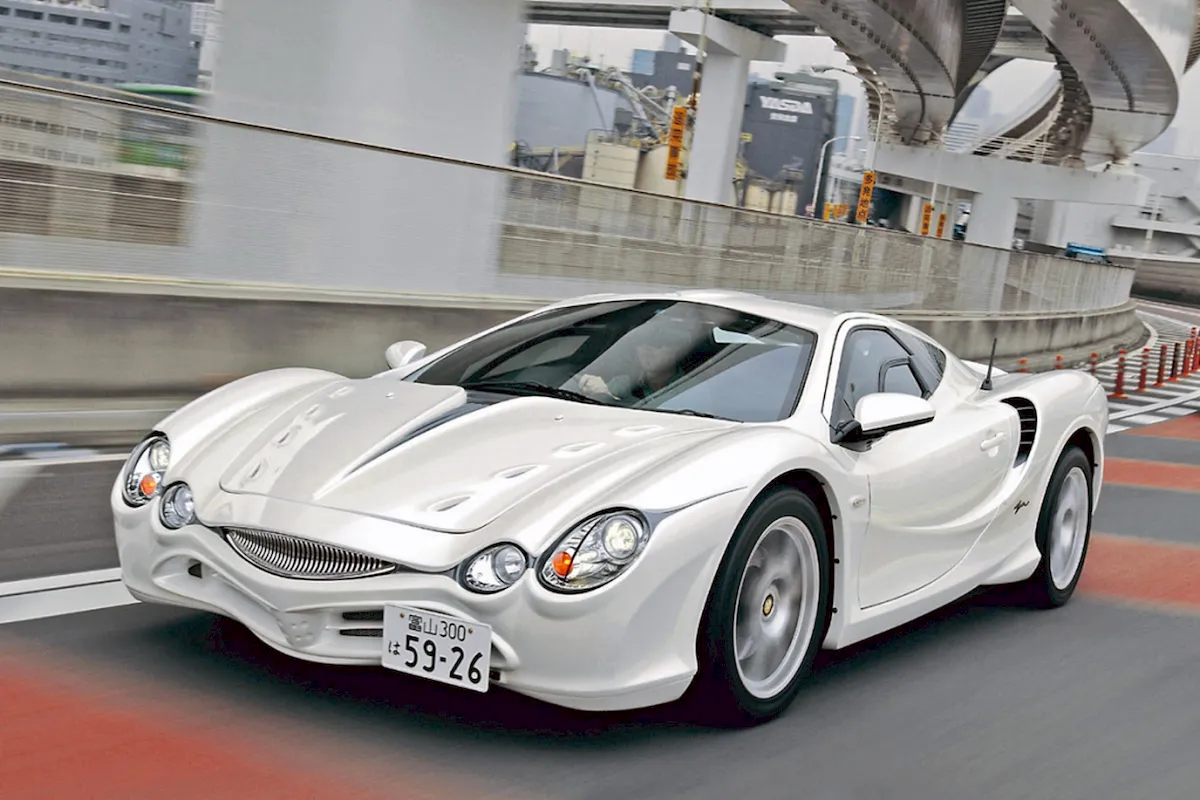
In the mid-2000s, the Orochi debuted with fluid, organic curves and a face that looked like it came from a dream — or a manga. Named after the mythical eight-headed serpent, it looked every bit as fantastical.
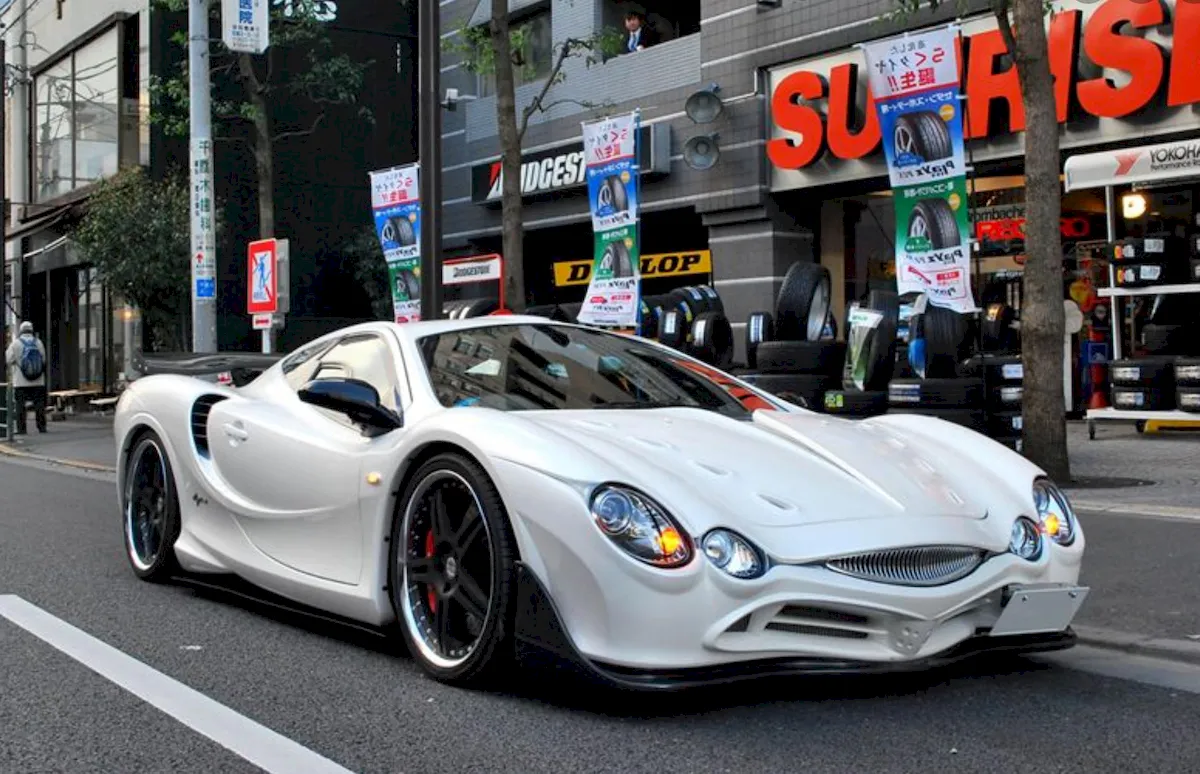
Power came from a Honda V6 producing around 230 hp, good for a 0–60 mph run in just over six seconds. But speed wasn’t the point — presence was. The Orochi was built as a showpiece, a collector’s item, a car made not for the track but for the spotlight.
You may also be interested in the news:
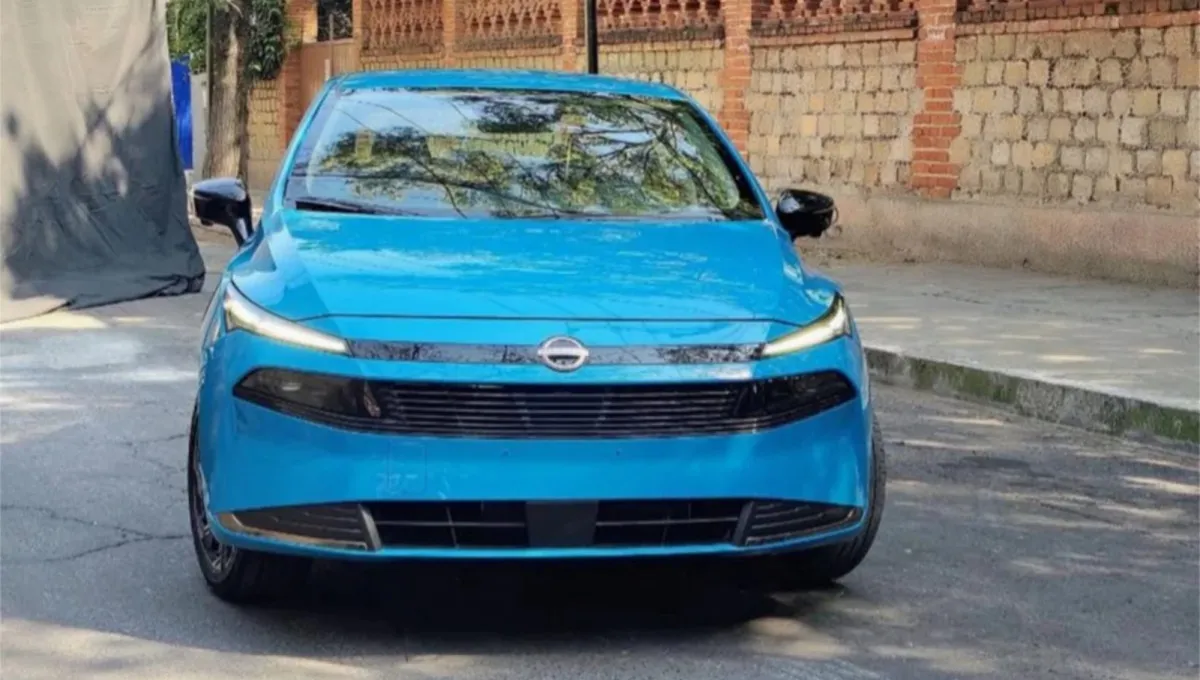
2027 Nissan Versa Spotted Undisguised Ahead of Its Debut
Nissan is updating its budget sedan without a revolution: the body stays familiar, but the front end now echoes the brand’s more upscale models.
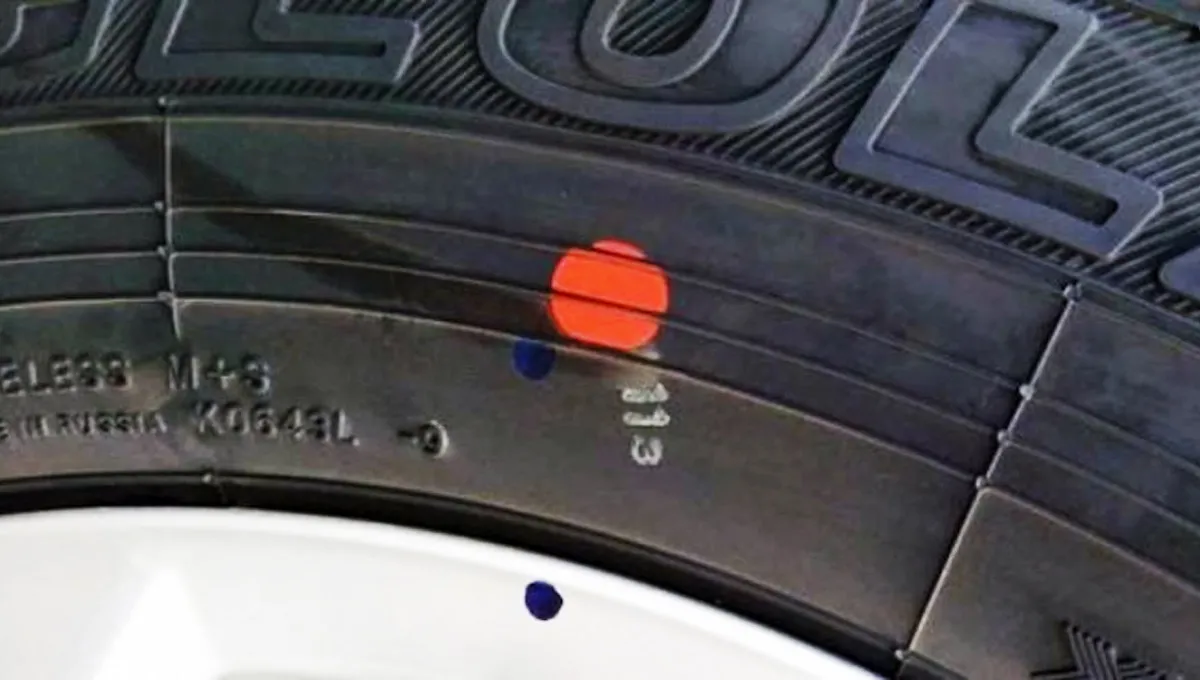
What the Colored Dots and Stripes on New Tires Actually Mean
All those numbers, letters, and markings—they all have a purpose.

Why Henry Ford Ordered the Corners of His Factories Painted White
A century ago, automotive pioneer Henry Ford demanded all sorts of unusual things from his workers.
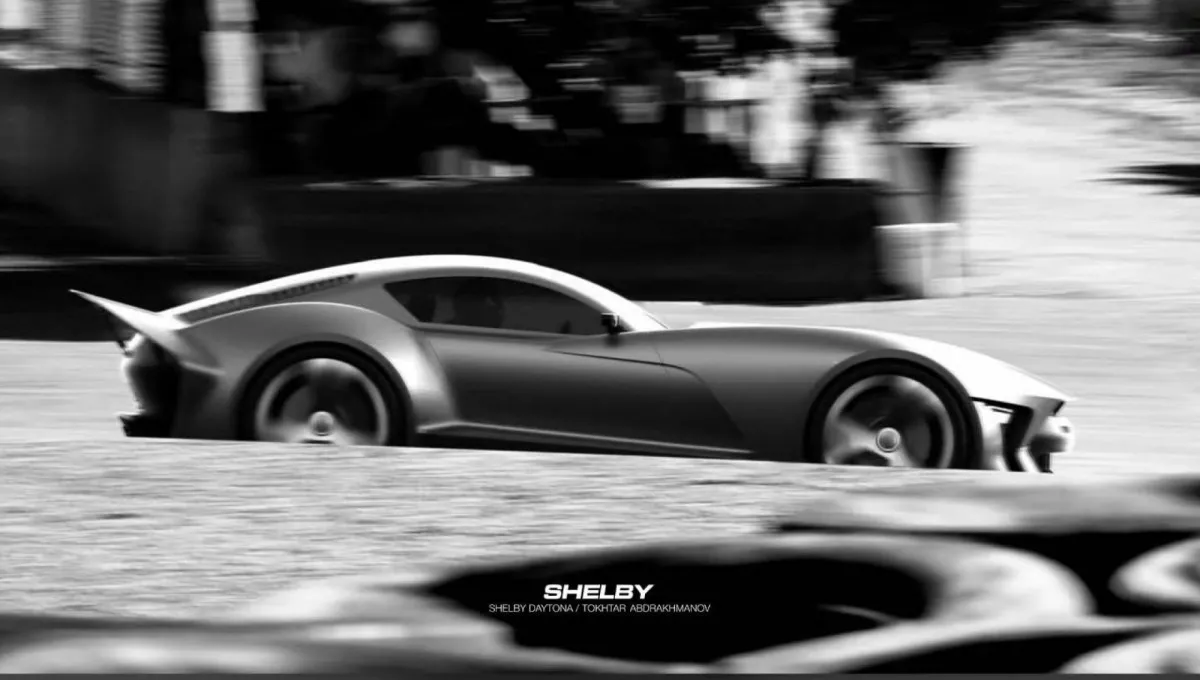
The Modern Shelby Daytona Brings the Spirit of the Shelby Cobra Into the 21st Century
The legendary Shelby Daytona Coupe is back on the road — updated, reimagined, and ready to surprise longtime fans.

Why the Popular Lubricant Is Called WD-40—and Not WD-50 or WD-100
Seasoned drivers know this little miracle spray can bail you out of an unbelievable number of car troubles.